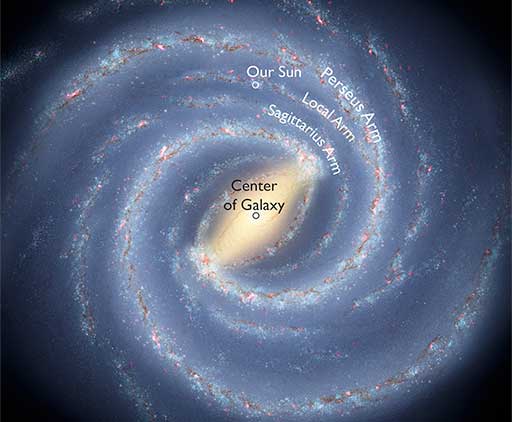Our galaxy continues to produce stars. We’ve known this for some time, but sometimes it’s difficult to grasp the actual magnitude in astronomical terms. A Japanese team is attempting to aid in this endeavor by employing a revolutionary machine-learning approach to pinpoint parts of the Milky Way that may shortly create stars. They discovered 140,000 of these.
These areas, known as molecular clouds in astronomy, are normally undetectable to humans. Nonetheless, they do generate radio waves, which may be detected by the enormous radio telescopes that dot the surface of the Earth. Sadly, the Milky Way is the only nearby galaxy where we can detect these signals, and even in our own galaxy, the clouds are so widely dispersed that it has been difficult to obtain a comprehensive image of them.

Machine learning finds 140,000 places in the Milky Way where new stars will form in the future.
As a further step, the scientists dug deeper into the data and determined their size and location on the cosmic plane. Given that there are four more quadrants to examine, it is likely that there are a great deal more to discover.
To access at least two of these quadrants, however, a distinct radio telescope is required. Nobeyama is in Japan, in the northern hemisphere, and hence cannot view the southern sky. Several radio telescopes, including ALMA, are already operational in the southern hemisphere. Some are on the horizon, like as the Square Kilometer Array, which might give an even more expansive view of the galactic plane in the southern hemisphere. The team only needs to choose which one to employ.
One of the advantages of artificial intelligence is that after it has been trained, which can take a considerable amount of time, processing comparable data sets is a snap. Dr. Shinji Fujita and his colleagues will be able to rapidly study even more star-forming areas if future work on additional radio data capitalizes on this fact. In the not-too-distant future, we will be able to fully comprehend our galaxy’s formation engine after conducting extensive research.

